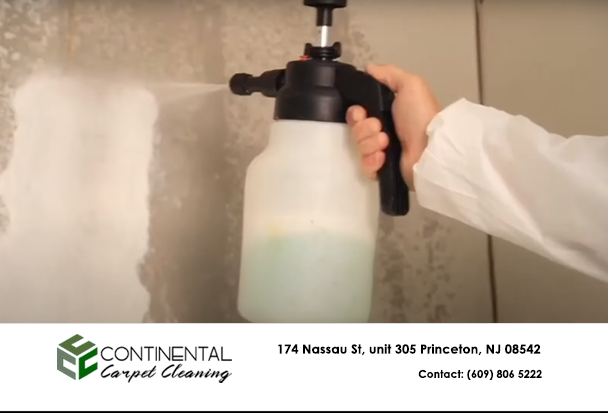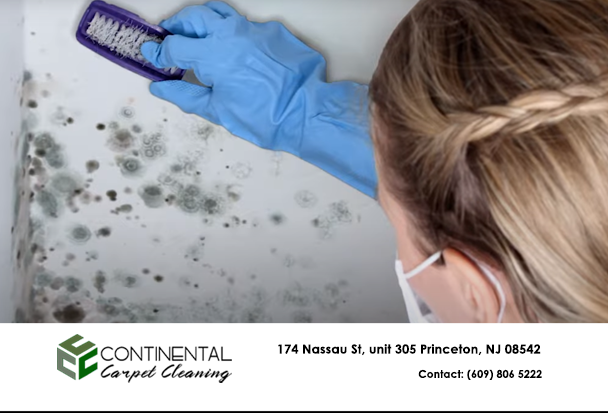Fill up the form to request for a quote or schedule for a free appointment. We’ll get back to you as soon as possible.
You’ve probably heard about the dangers of black mold, an alleged silent killer that hides in water damage and ceiling tiles. But what is black mold? And is it dangerous?
Black mold, or Stachybotrys chartarum, surfaces as blackish-green spots or blemishes. It lives on moist, cellulose-rich surfaces such as fiberboard, drywall, and gypsum board.
Black mold is most attracted to moisture, which is why it lives in previously-flooded homes, leaky pipe regions, or anywhere with water damage.

Here is how you can treat and prevent black mold in your house:

If you find black mold on your premises, there’s no need to fear. But black mould presents more health risks to sensitive groups such as those with respiratory conditions or immune conditions.
According to the Centers for Disease Control (CDC), black mould spores can create cold- or flu-like symptoms like:
The brief answer is–not really. But that does not mean that you should keep black mold as a pet.
Everyone has different levels of tolerance to allergens such as mold spores, but that is all black mould is–an allergen.1 Those with asthma, respiratory allergies, or immune suppression may feel the effects of black mold’s mycotoxins more than most people.
As one source put it,”Previous reports of’toxic mold syndrome’ or’toxic black mold’ have been proven to be no more than media hype and mass hysteria.”
But whether you feel black mold symptoms or not, it’s best to get rid of black mold as soon as you find it.
Mold spores find their way inside by hitchhiking on clothes, pet fur, and air currents to your home. But spores can not get comfortable without plenty of water.
This is why you’ll usually find black mold around water-damaged areas affected by plumbing issues like flooding or leaky pipes.
Materials like drywall, carpeting, or gypsum board can soak up water, creating a perfect house for a black mold colony.
If you find water damage at home, it’s crucial to remove all of the affected materials to prevent mould from growing.

Mold remediation in stores, offices, or schools is best left to the pros. This also applies to household mold exceeding 10 square feet.
The contractors you select should have insurance and licenses from organizations such as the Institute of Inspection Cleaning and Restoration Certification (IICRC).
Homeowners can manage cleaning about 10 square feet (approximately 3 feet by 3 feet) of black mold on their .
3 If the patch is small enough, a mix of bleach, water, scrubbing, and ventilation should do just fine.
Before treating mold by yourself, prioritize ventilation and protective gear.
Important: Do NOT mix bleach with ammonia. This combination can create toxic fumes which are far more harmful than any mold you’re trying to clean.
It never hurts to clean regularly. Make sure humid areas and rooms with plumbing get routine spot checks.
Add mould and mildew removal goods to your cleaning routine, particularly for the bathroom and kitchen.
Mold thrives on moisture, so use dehumidifiers in humid regions of your house such as baths, basements, or closets.
If the black mold growth in your house is small enough for one to treat alone, a simple mixture of bleach and water can help.
Add one cup of bleach to a gallon of water and apply it to the moldy spots. You can also find commercial black mold removal products.
Apply the cleaner to the mold place and wash off the growth. Make sure you dry the area thoroughly when you’re done.
Flooding, leaky pipes, and malfunctioning appliances can all cause water damage. After water seeps into a porous surface such as drywall, black mould and its cousins are most likely to appear.
Water detectors can help you capture faulty appliances and leaks early.
If you do find water damage in your home, treat it and cut off the problem area’s water source when possible.
You’ll also need to remove flooring, ceiling tiles, or any other substance that was affected by water.
As for black mold’s toxic reputation, those with immune suppression, asthma, or other respiratory problems are most at risk of feeling ill.
It’s not likely that you’ll die from black mold poisoning because it’s just not that hazardous. Having said that, you should act quickly if you find it in your home. The fantastic news is it’s removable, removable, and preventable.
If You See Signs of Mold, Call Us Today 1-000-000-0000.
When water intrudes into your premises, mold growth can begin in as little as 48 hours. Consider the following mold details:

Since many types of mold can produce allergens and irritants, you should contact a qualified mold remediation company irrespective of the colour or type of mold. In many instances, multiple types of mold can exist in the same house or structure.
If you suspect that you have a mold problem, contact a Continental Carpet Cleaning Professional immediately.
New Jersey’s Leading & Trusted Professional Carpet Cleaning Service. We provide professional carpet cleaning, tile and grout cleaning, air duct cleaning, area rug cleaning and water damage restoration for your home and office.
Copyright © 2021. Continental Carpet Cleaning. All Rights Reserved.